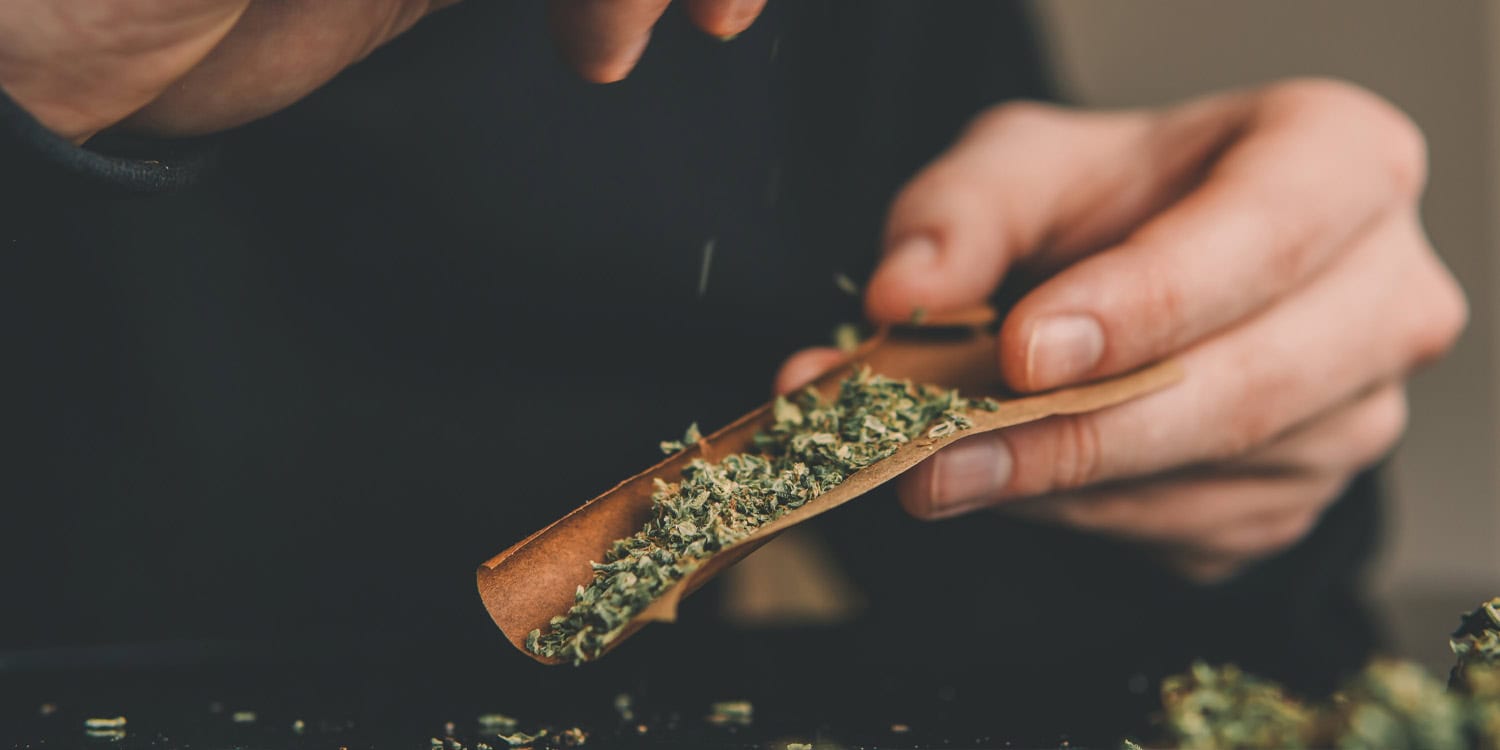A recent study published in Drug and Alcohol Dependence found that heavy cannabis users tend to experience a drop in relationship satisfaction when combining cannabis with alcohol, while alcohol use alone appears to have a positive effect on next-day relationship satisfaction. In contrast, light cannabis users did not show any significant changes in their relationship satisfaction based on their own or their partner’s cannabis and alcohol use. These findings suggest that the way partners use substances can impact the quality of their relationship in measurable ways.
In recent years, cannabis use has become increasingly accepted, with more states in the United States allowing recreational and medical use. This shift in public perception has brought with it a need to understand how cannabis, like alcohol, might affect interpersonal relationships, especially within the context of romantic partnerships.
Previous research has shown that substance use—particularly alcohol—can both strengthen and strain intimate relationships. Light or moderate drinking may reduce stress and support positive social interactions, but heavy or problematic use has been linked to relationship dissatisfaction and even aggression. Research on cannabis use in relationships, however, has been sparse and inconsistent. This study aimed to fill that gap by examining the effects of cannabis use within couples on a daily basis, with a particular focus on how it interacts with alcohol use.
“I’ve always been interested in how our relationships impact our health behaviors. Not only romantic relationships, familial relationships or even friendships all could have profound influences in whether or how often we engage in certain behaviors,” said study author Margy Yumeng Chen, a PhD student at the University of Colorado Boulder.
“With more and more states legalizing or decriminalizing cannabis use, cannabis use and in particular cannabis and alcohol co-use has become much more common, but the ways they might influence our relationship satisfaction and dynamics are not fully understood. Literature on alcohol use and specifically how it manifests its effects among couples is quite established, but cannabis research needs to catch up with that and consider how those previous findings could change once individuals start using cannabis too.”
“By studying couples’ daily experiences with these substances, I wanted to gain insight into how shared or individual usage patterns might shape relationship well-being. I was also really interested in doing a daily diary study, it gives you very rich and extensive data compared to most cross-sectional design.”
The researchers used a dyadic diary method, meaning both partners in a relationship kept individual records over the course of 14 days. This method allowed the study to capture daily fluctuations in cannabis and alcohol use and relationship satisfaction.
The participants included 33 couples, with a majority identifying as heterosexual. For this study, the researchers classified couples as either “concordant” or “discordant” in their substance use patterns. Concordant couples used cannabis on the same days, or neither used it, while discordant couples had different use patterns, with only one partner using cannabis or both partners using it on different days.
Participants completed a 60-minute baseline survey before starting the daily tracking. This initial survey gathered demographic details, relationship satisfaction, and information on the frequency and intensity of cannabis and alcohol use, as well as mental health indicators. During the two-week study period, each partner filled out a daily report tracking whether they had used cannabis or alcohol the day before and how satisfied they felt with their relationship. The researchers also measured relationship satisfaction daily using a simple question on a five-point scale.
For individuals who use cannabis more heavily, the combination of cannabis and alcohol in a single day was associated with a decrease in their relationship satisfaction the following day. In contrast, alcohol-only use was linked to increased satisfaction the next day for these same individuals and their partners.
“Our study sampled mostly couples discordant in cannabis use levels, meaning that one partner tends to use more than the other, or only one of them uses and the other doesn’t use cannabis at all,” Chen told PsyPost. “I found it very surprising that for the partner using cannabis more heavily in a couple, using alcohol alone on one day increased their own next-day relationship satisfaction, but using both alcohol and cannabis on one day may lead to lower relationship satisfaction for them on the next day. I don’t know exactly how to explain this finding, but there are many previous studies that have shown co-use is often more problematic and associated with more negative consequences compared to using one substance alone.”
Interestingly, this effect was not seen in individuals with lighter cannabis use. For these participants, neither cannabis use alone nor combined use of cannabis and alcohol had a significant impact on their relationship satisfaction. This absence of effect in lighter users suggests that the frequency and intensity of cannabis use may be key factors in how these substances impact relationship dynamics.
“The main takeaway for the average reader is that substance use within couples isn’t just about personal choices—it affects daily relationship dynamics as well,” Chen said. “This suggests that the way partners interact with alcohol and cannabis isn’t just a personal experience; it has real, measurable effects on relationship quality. These findings encourage couples to consider how specific substance use patterns may impact their daily interactions and overall relationship health.”
As with any study, this research has limitations. One limitation is that the sample was relatively homogeneous, consisting mostly of white participants between the ages of 30 and 40 who were in committed, long-term relationships. Because of this, the findings may not apply as well to couples of other ages, races, or relationship stages, such as new or casual partners.
“While daily patterns can give us insights into short-term effects, these findings don’t necessarily predict long-term relationship outcomes,” Chen noted. “Also, our sample mostly consisted of couples with discordant cannabis use patterns, so we probably didn’t have enough variance to investigate the question of concordance.”
“I hope to explore how specific motives for using substances, such as coping with stress or enhancing intimacy, play into relationship outcomes. Understanding these nuances could help in creating more tailored interventions for couples looking to improve their relationship quality while navigating substance use.”
“This research is part of a broader interest in how daily routines and lifestyle factors contribute to relationship health,” Chen added. “I hope it helps people understand that, just as with other shared activities, it’s not just what you do but how you do it together that can strengthen or harm a relationship.”
The study, “Dyadic cannabis use, alcohol use and relationship satisfaction: A daily diary study,” was authored by Margy Y. Chen, Tiffany A. Ito, and Angela D. Bryan.




